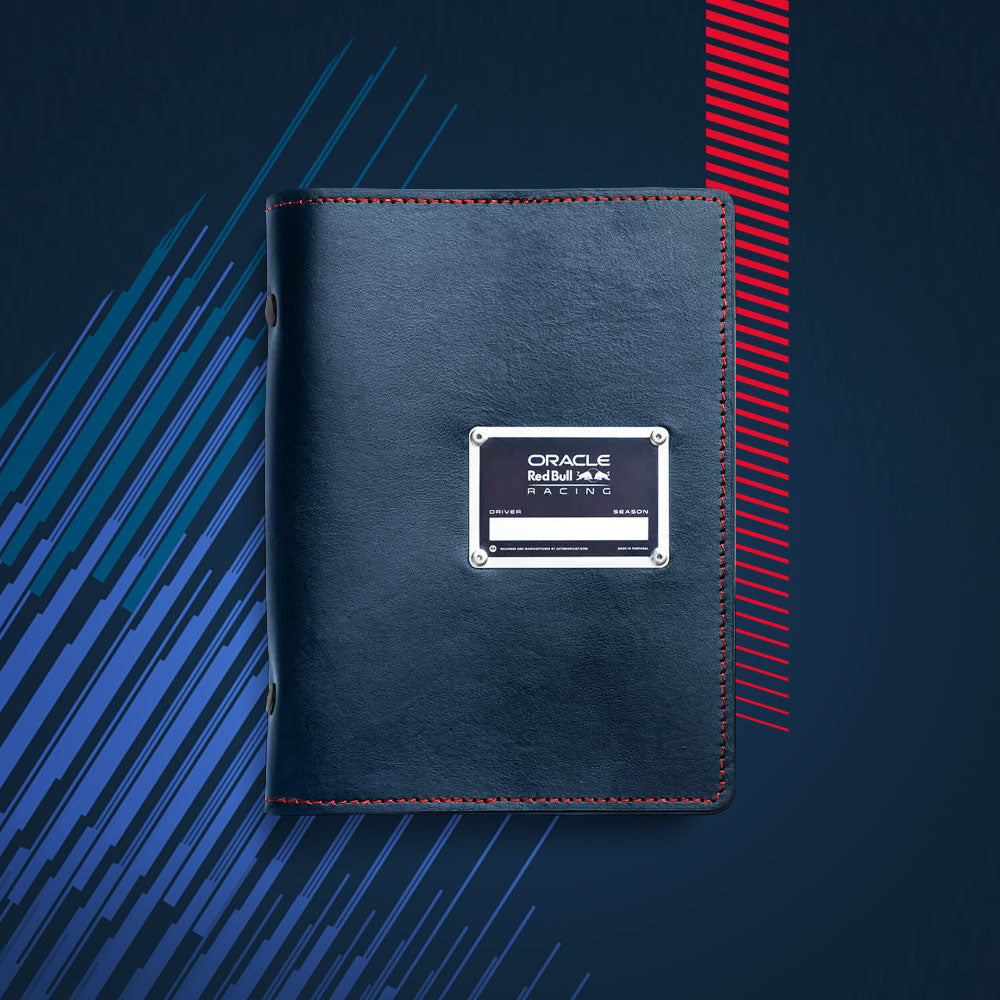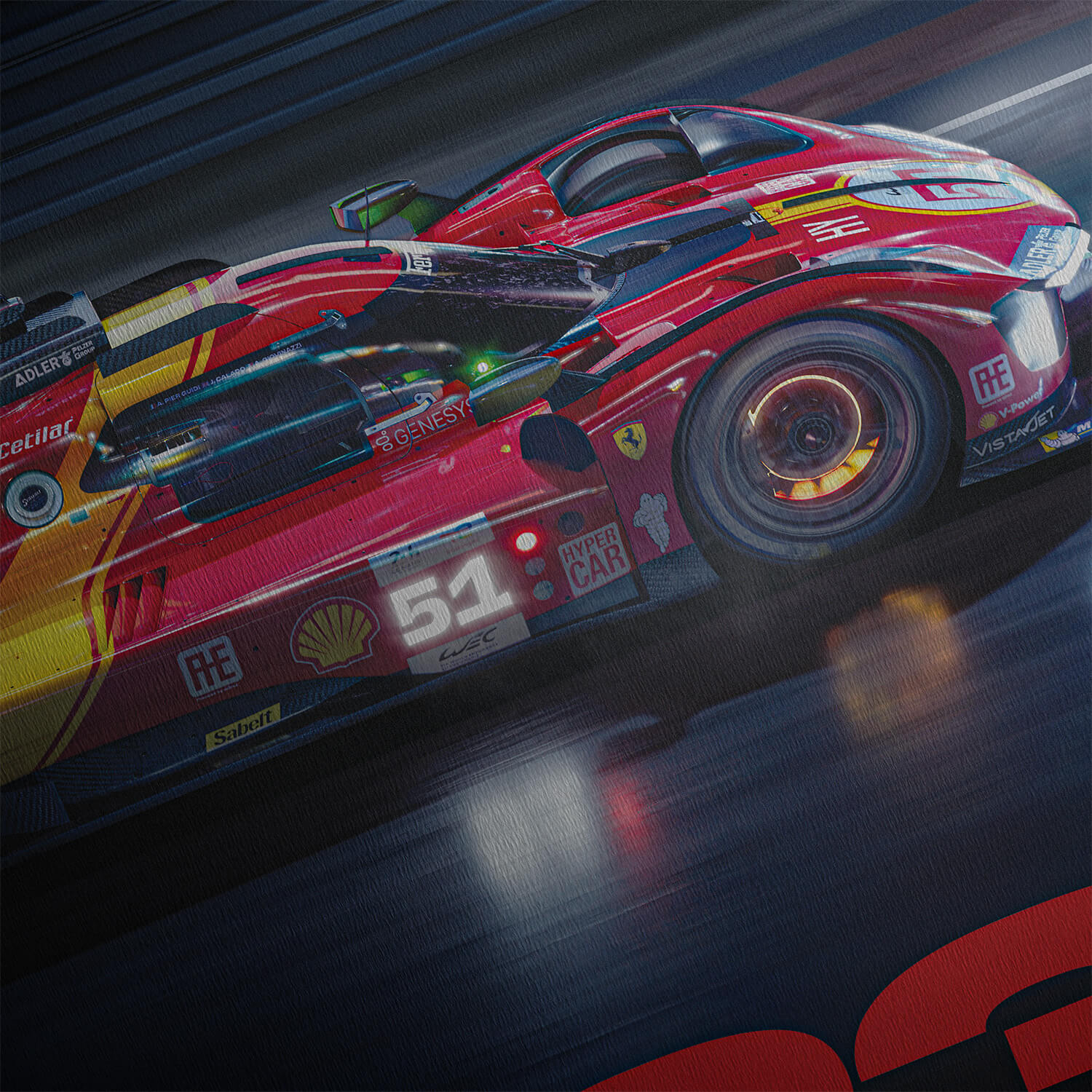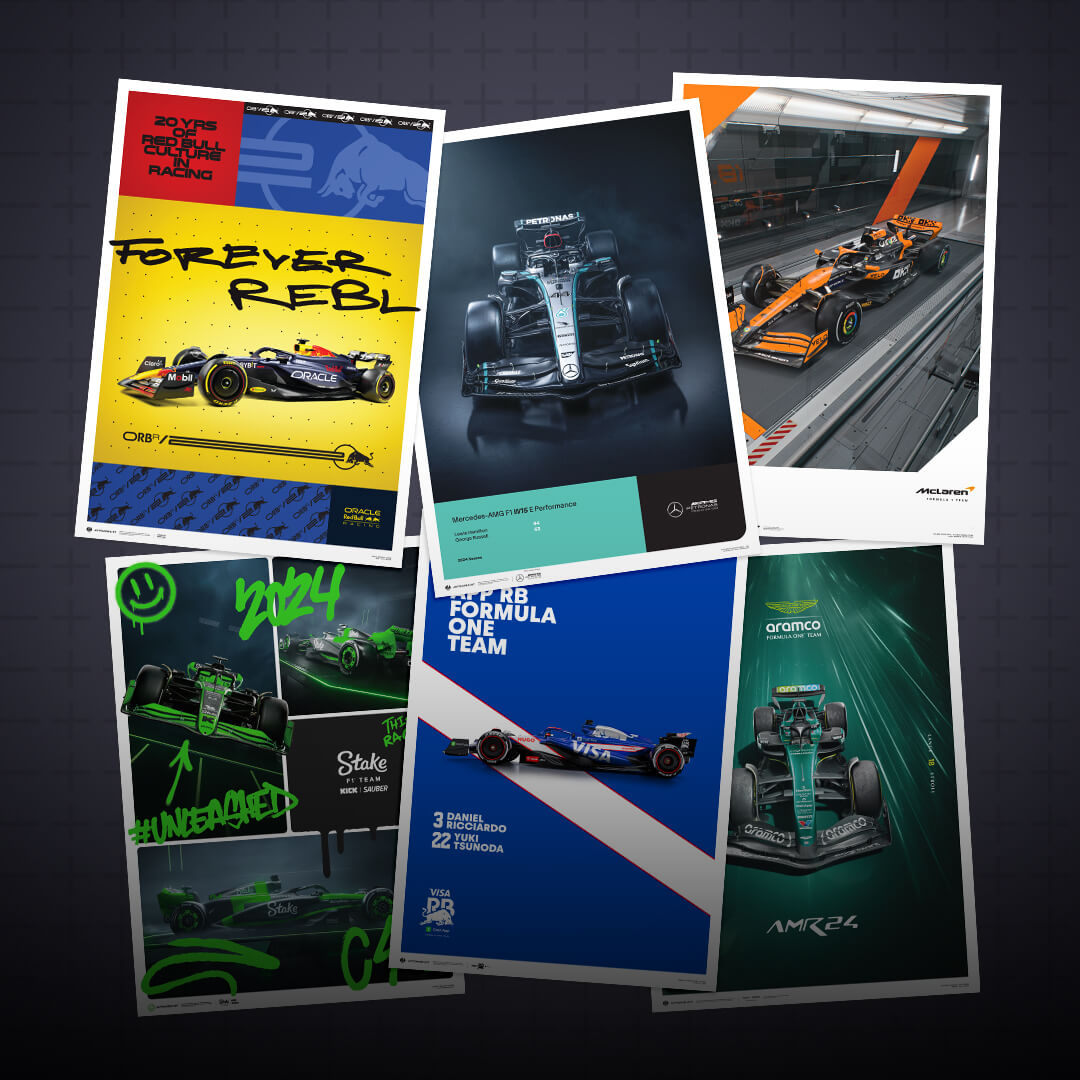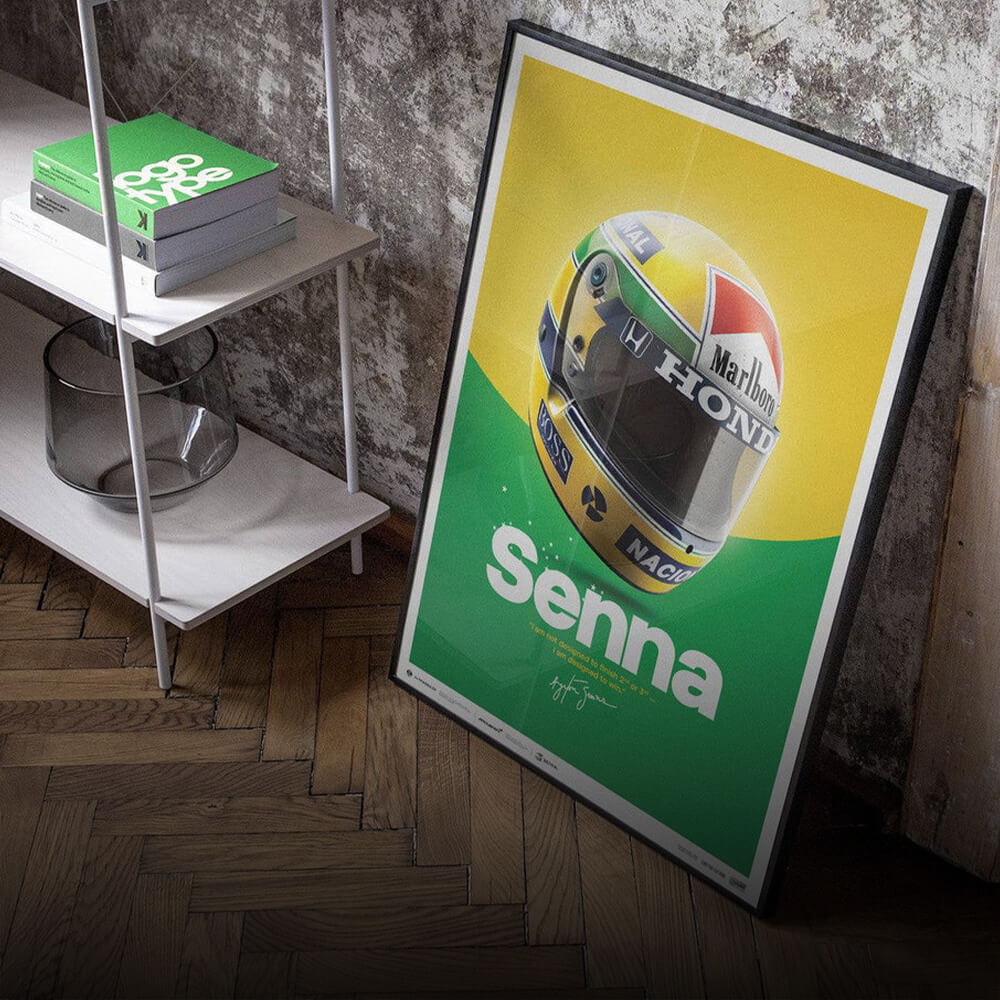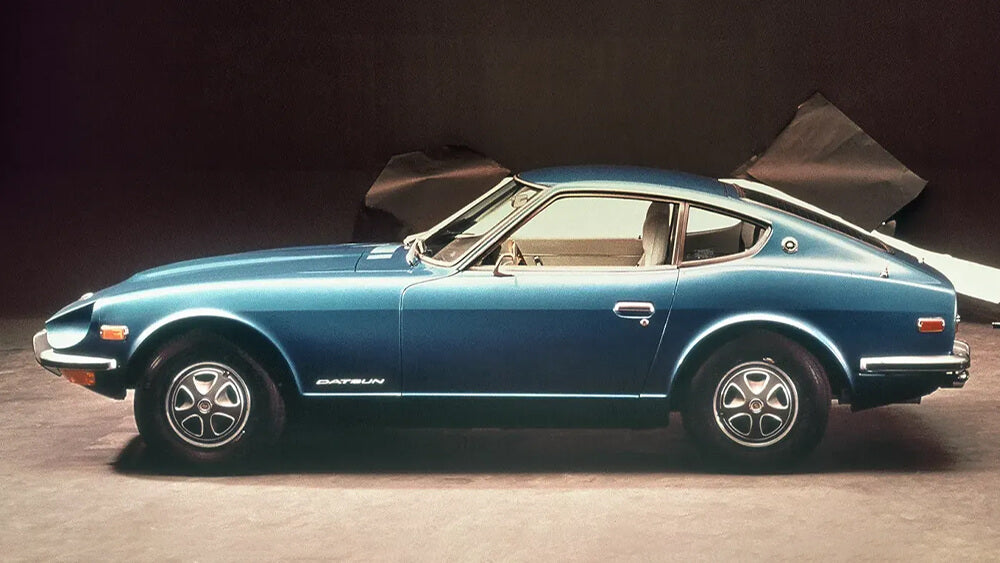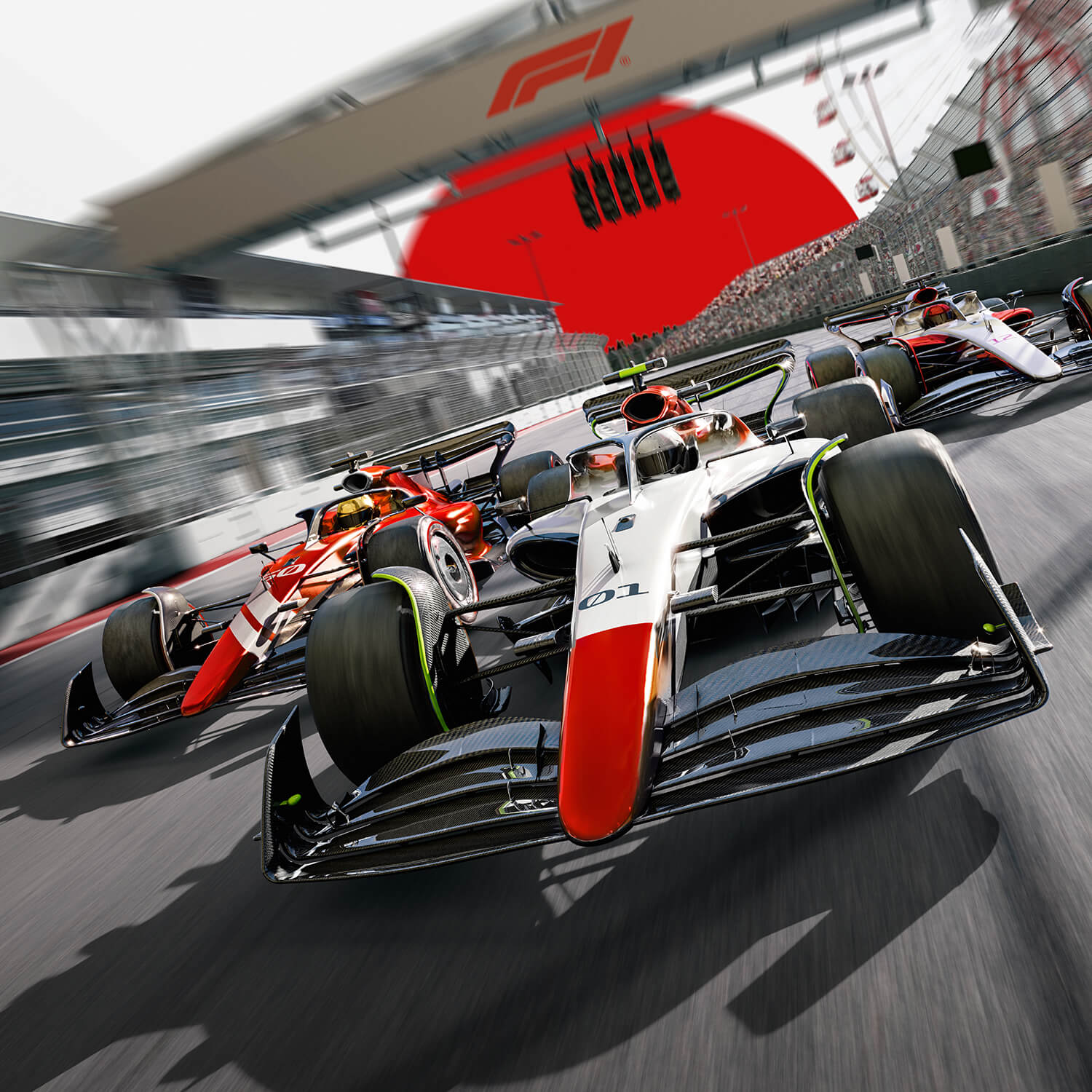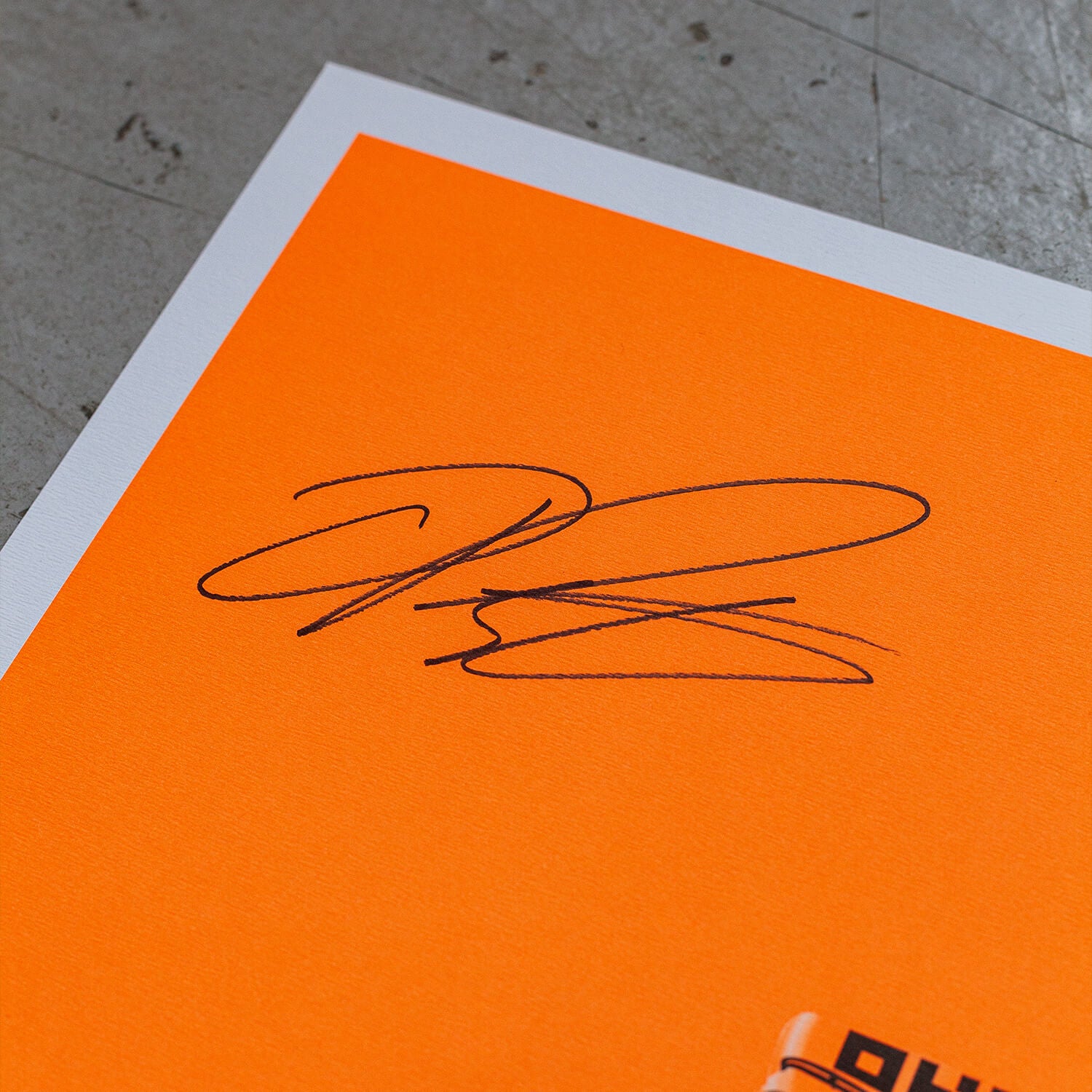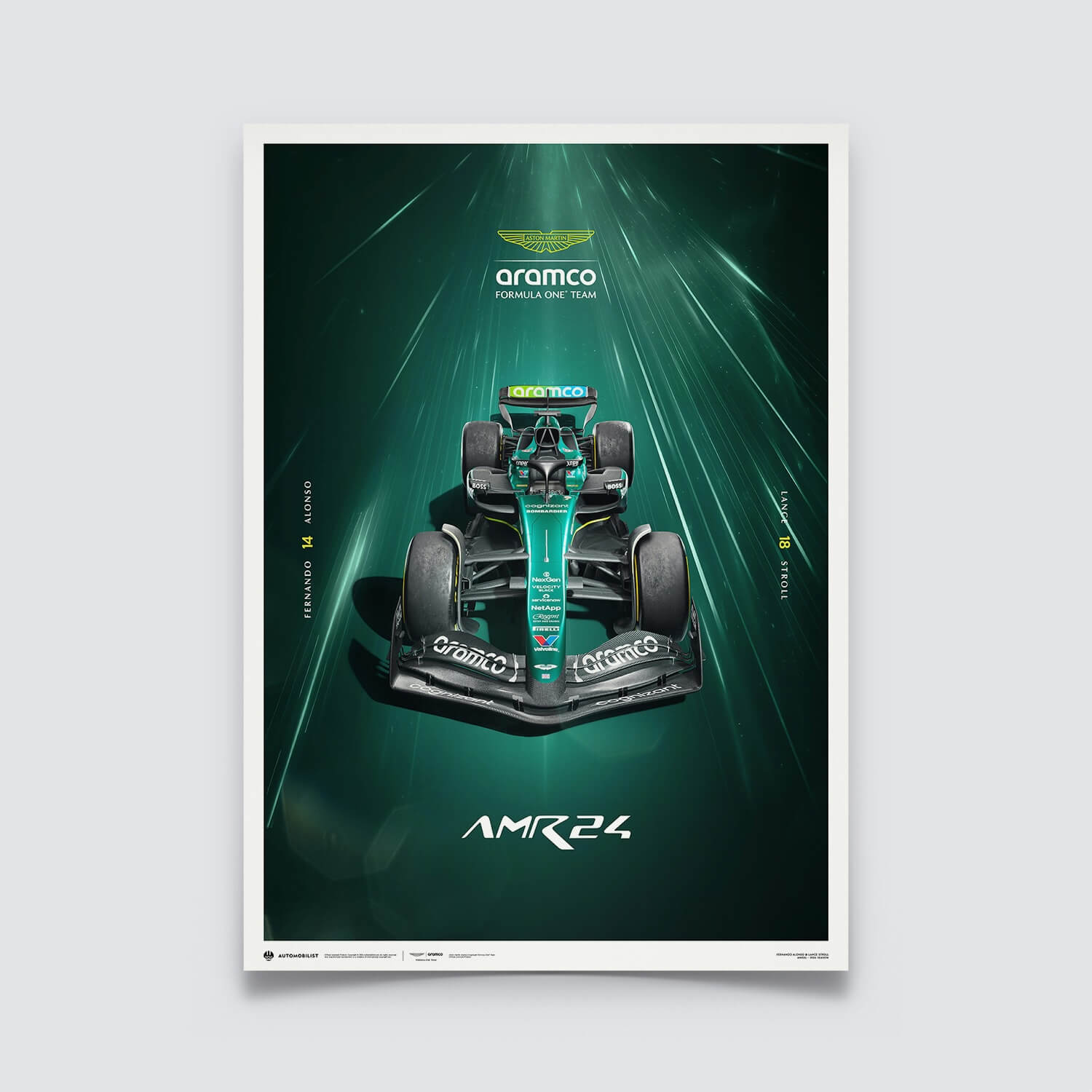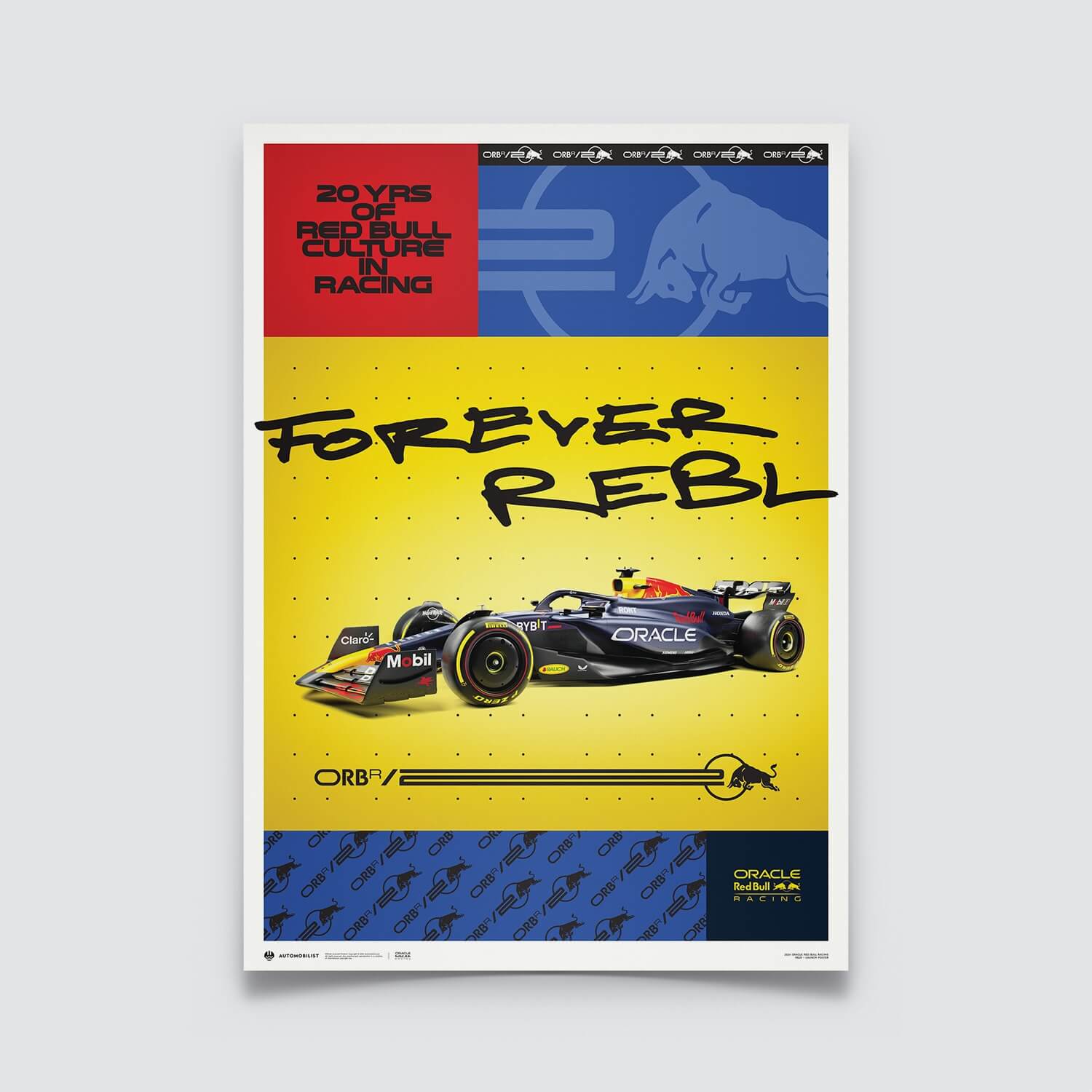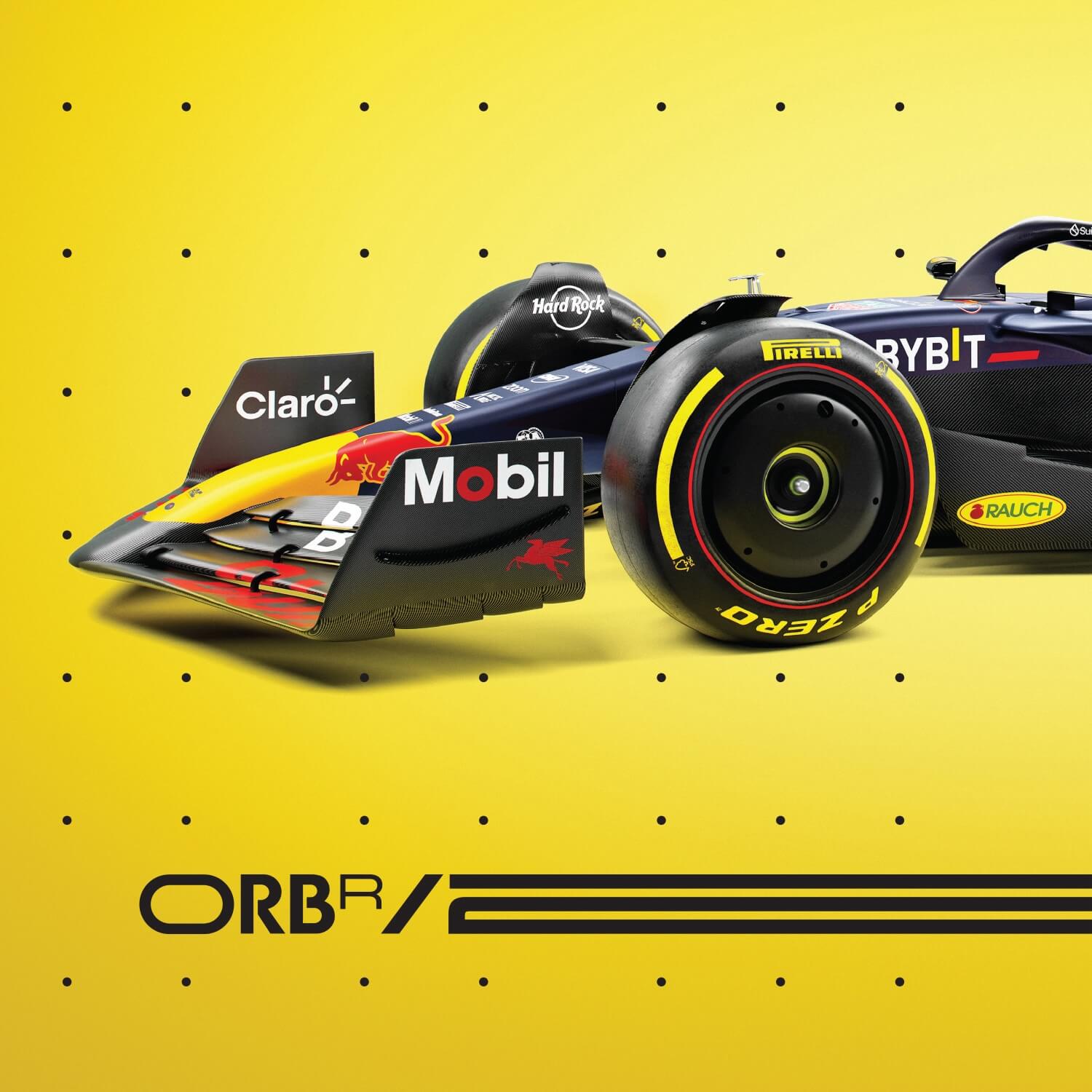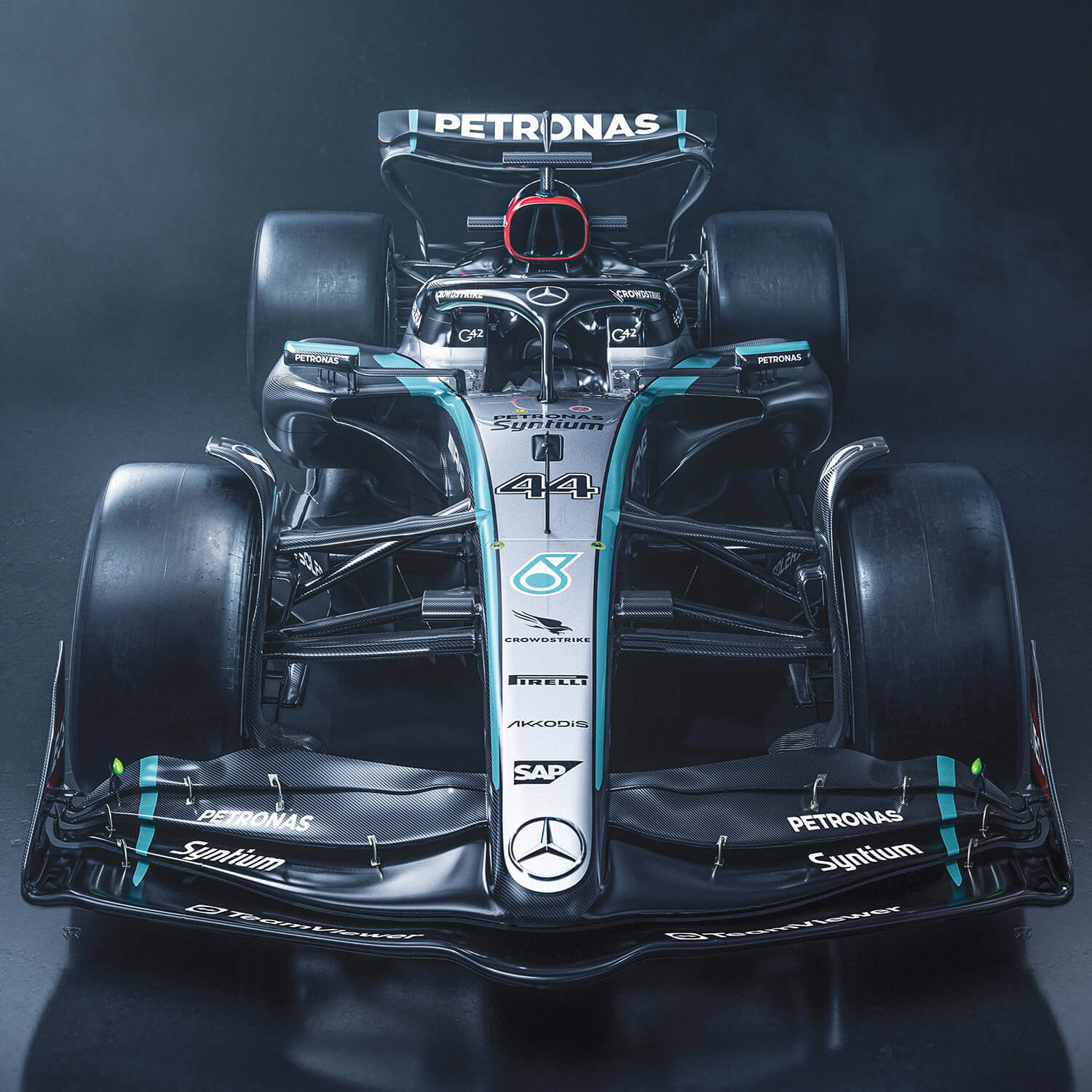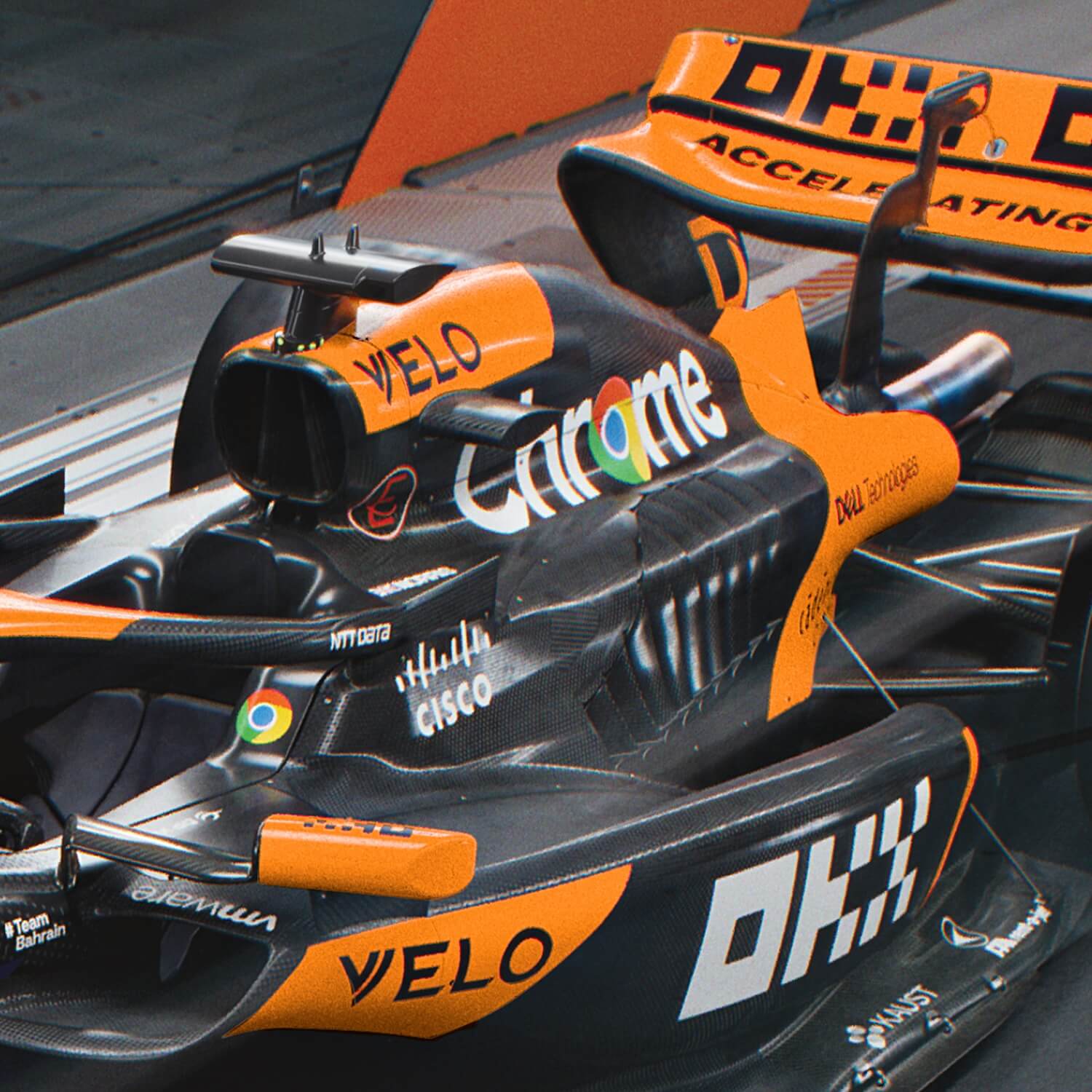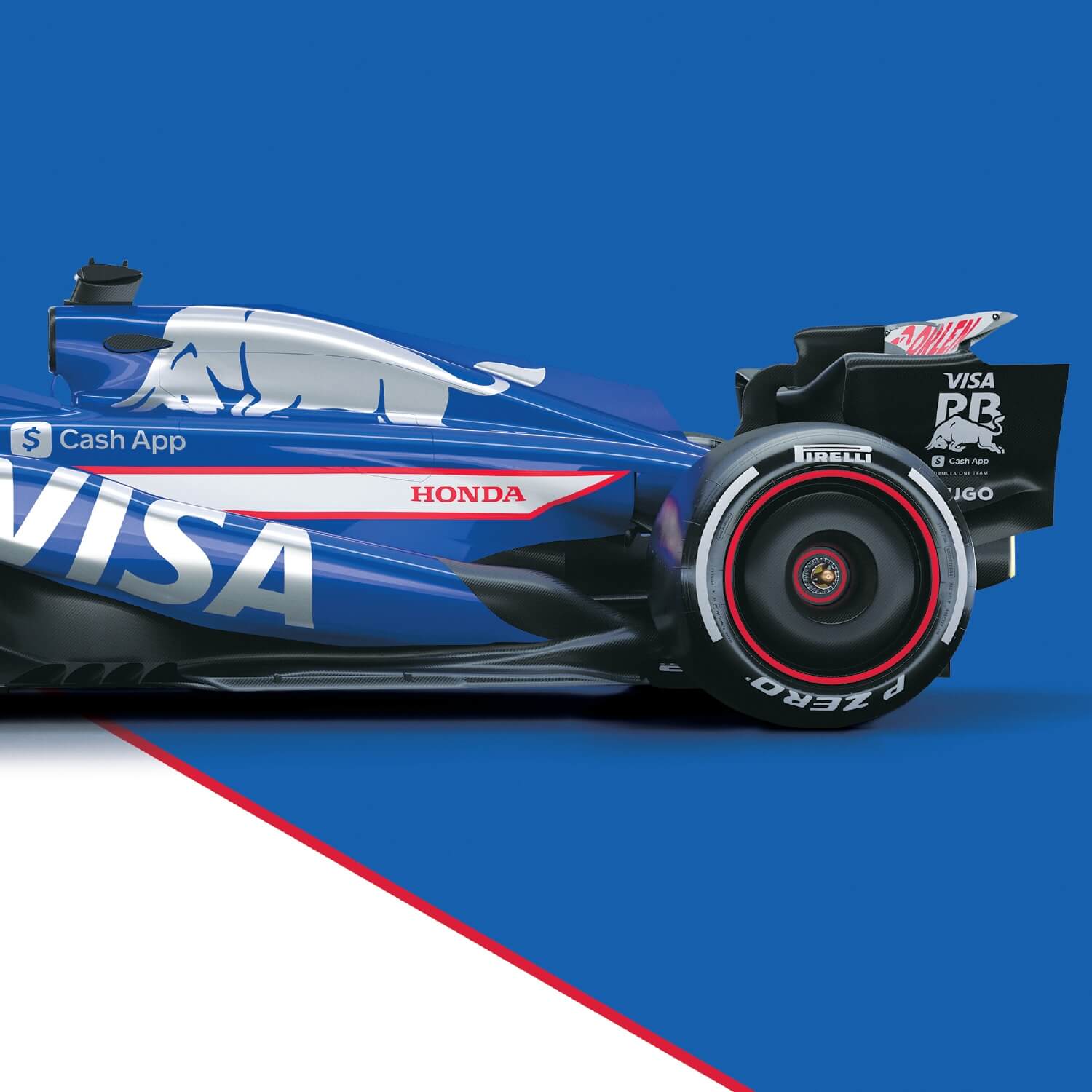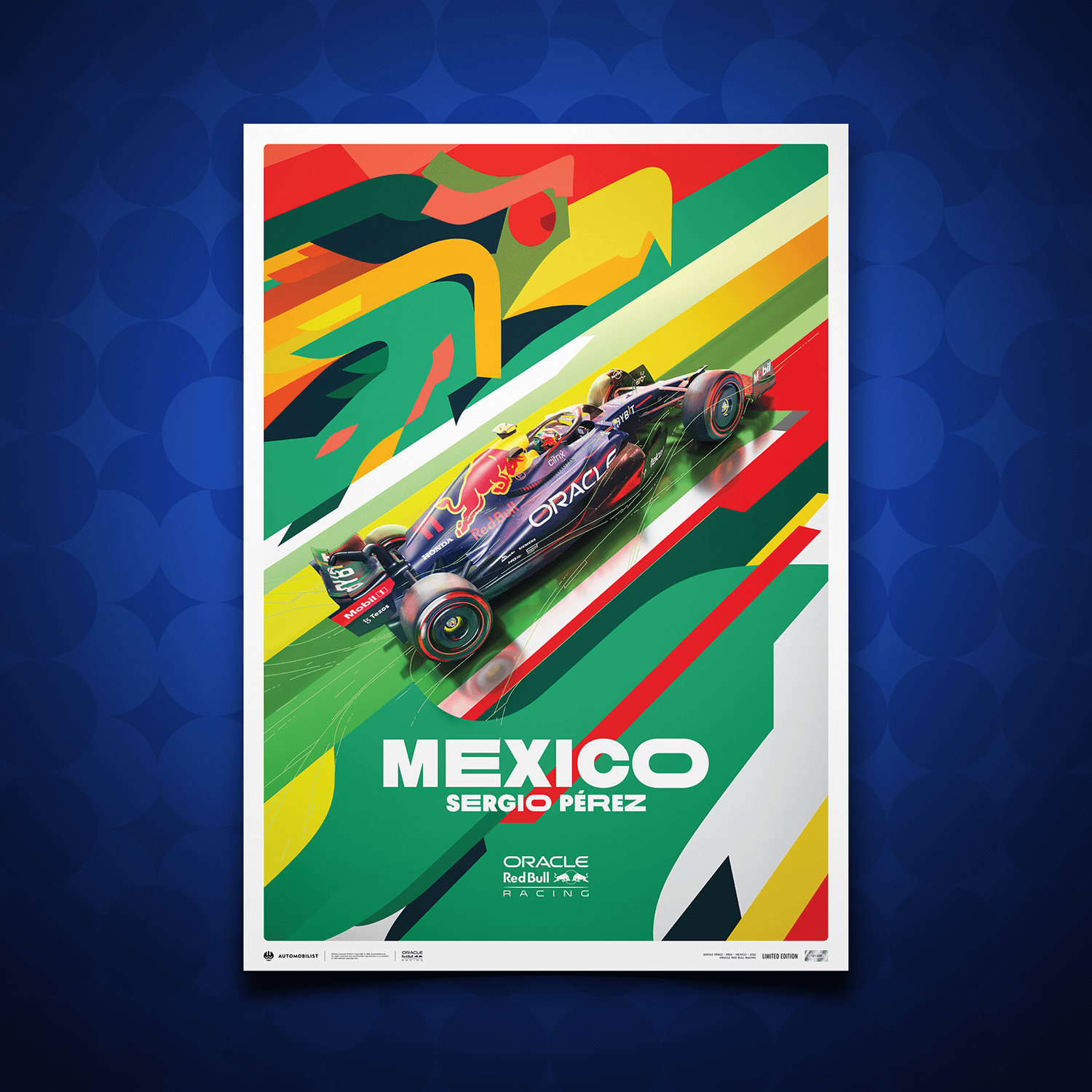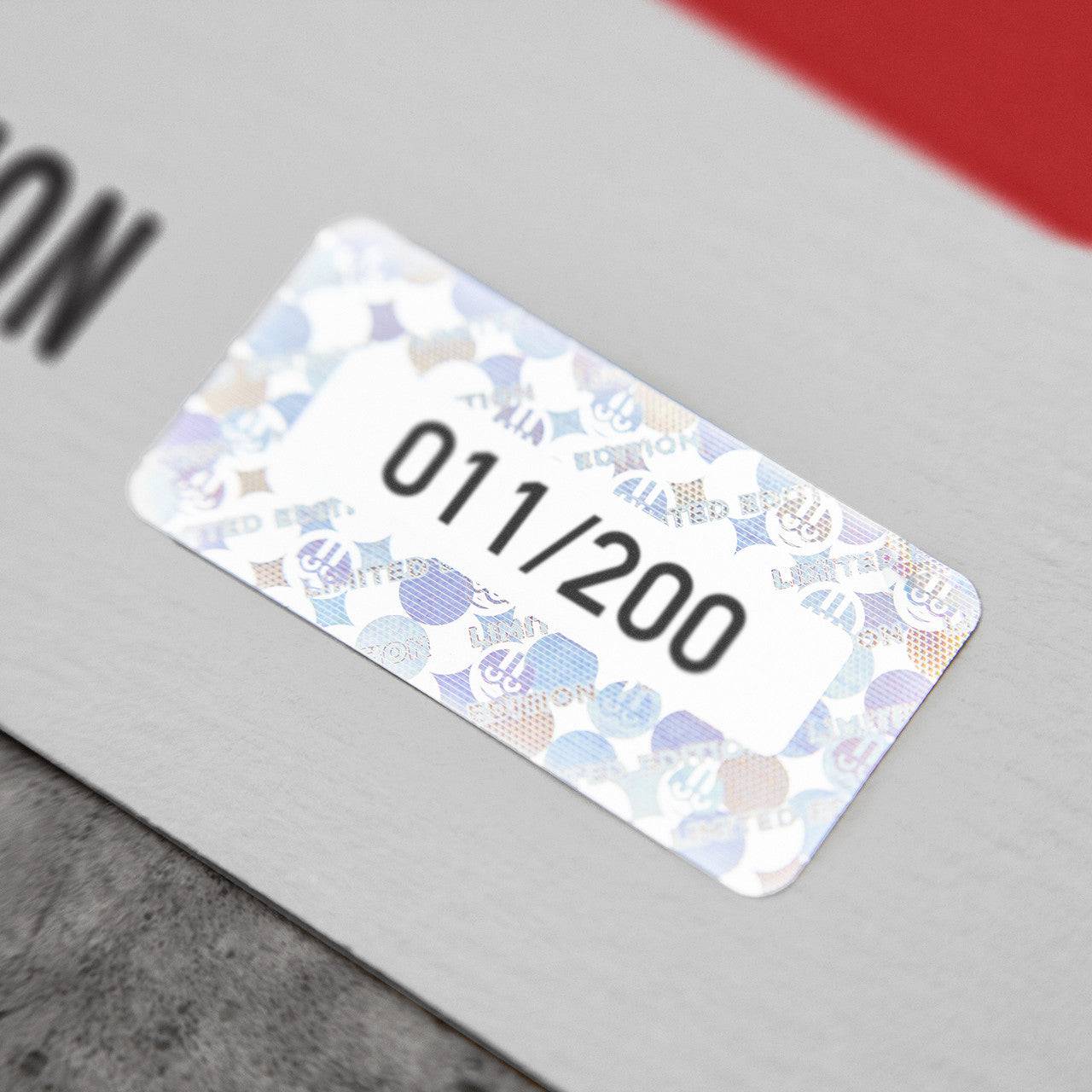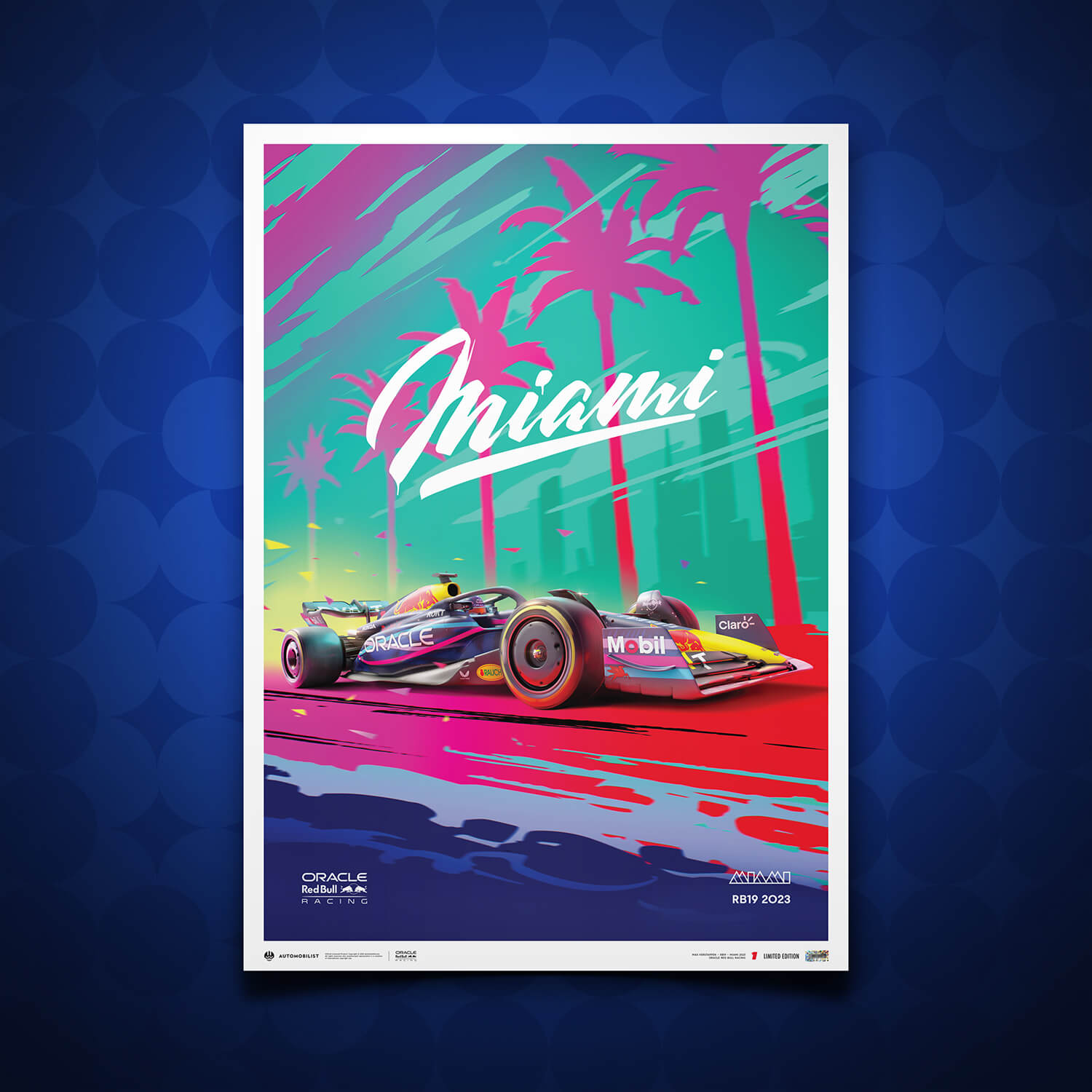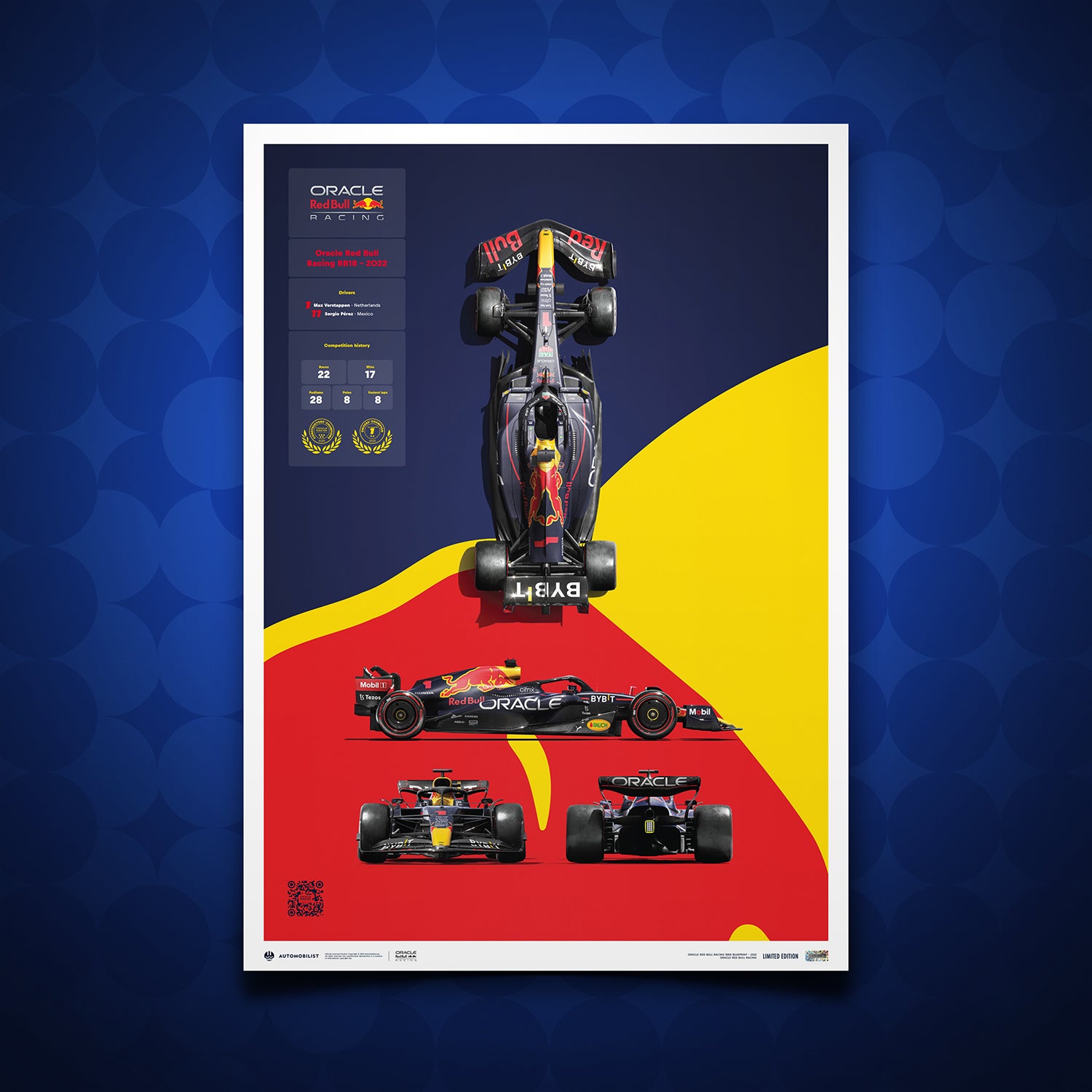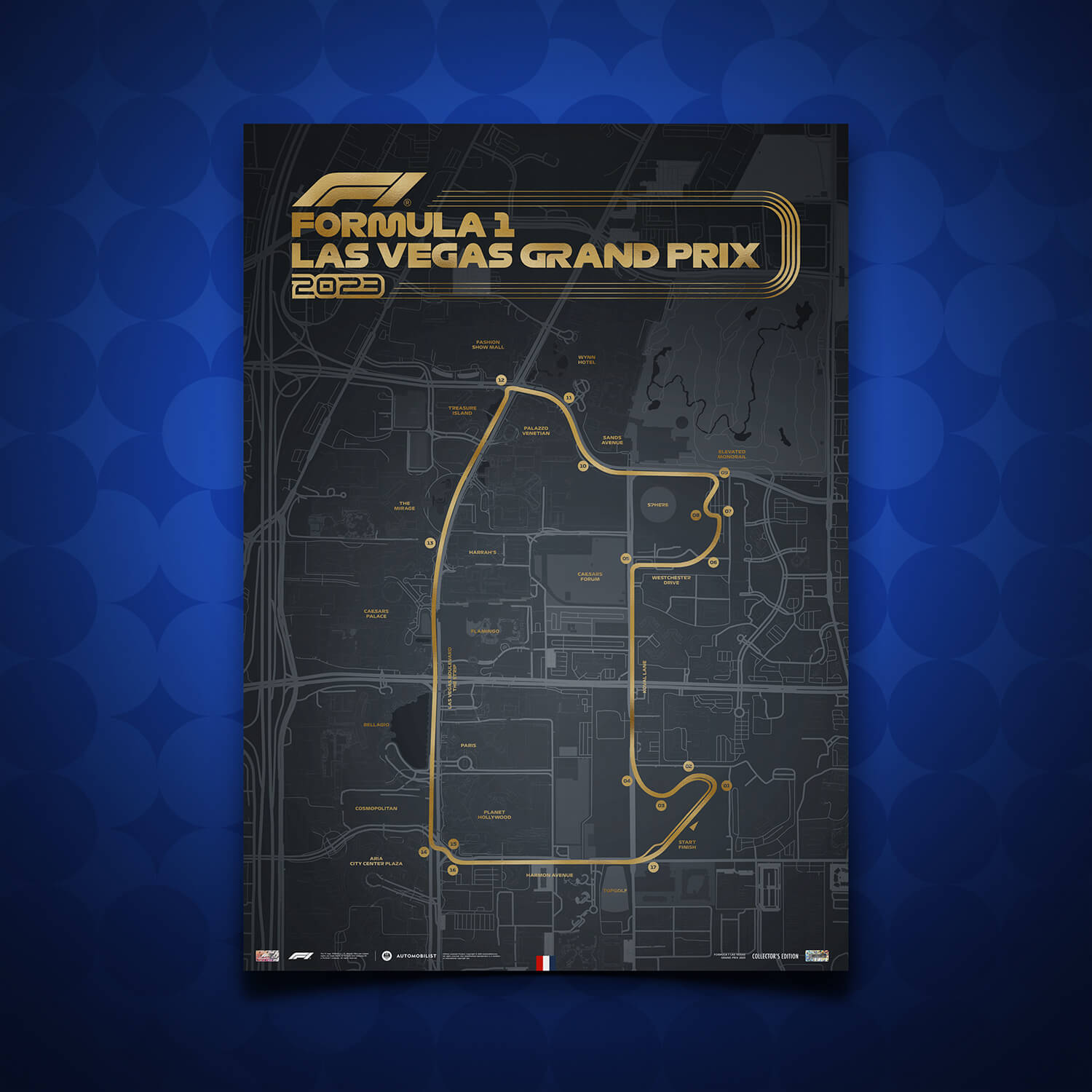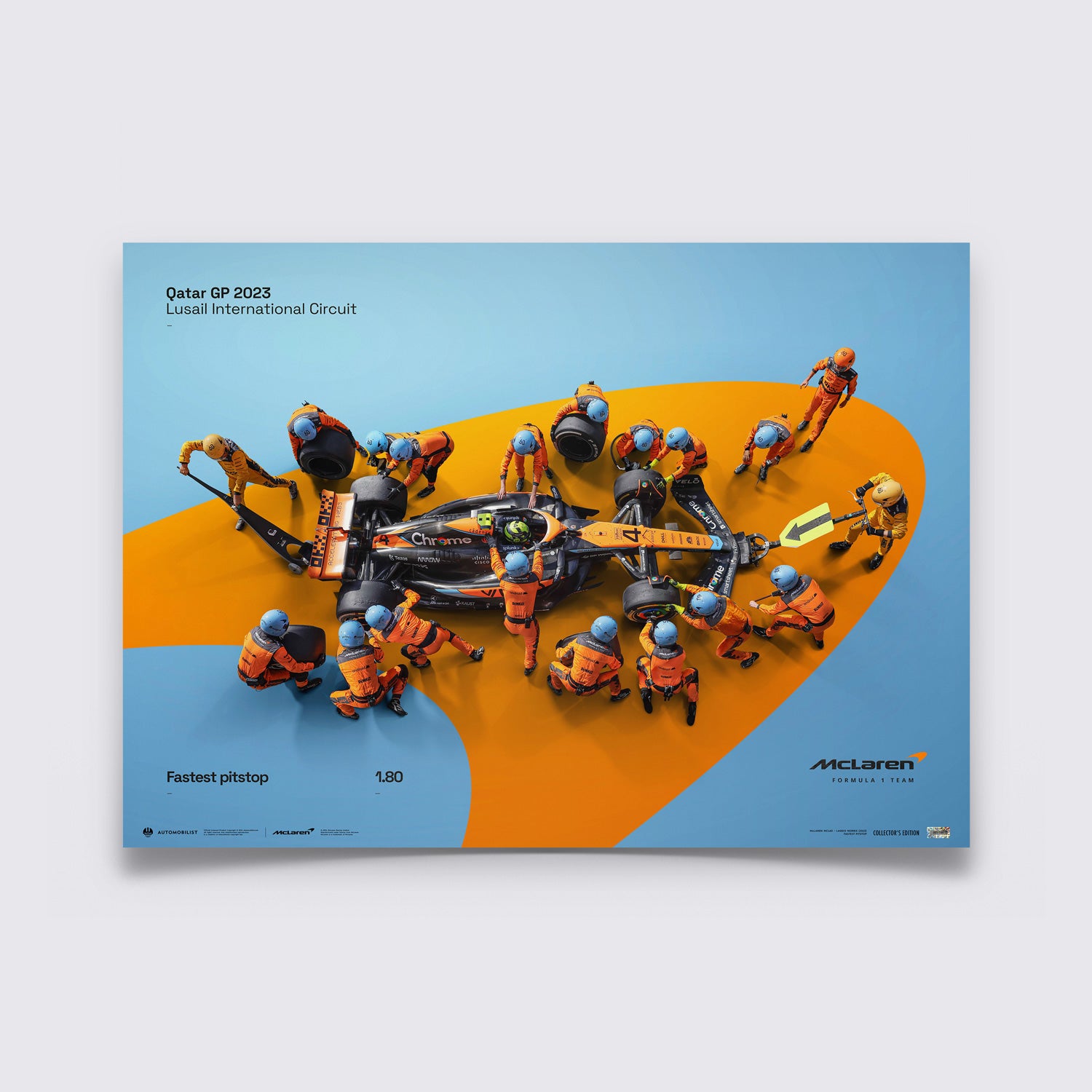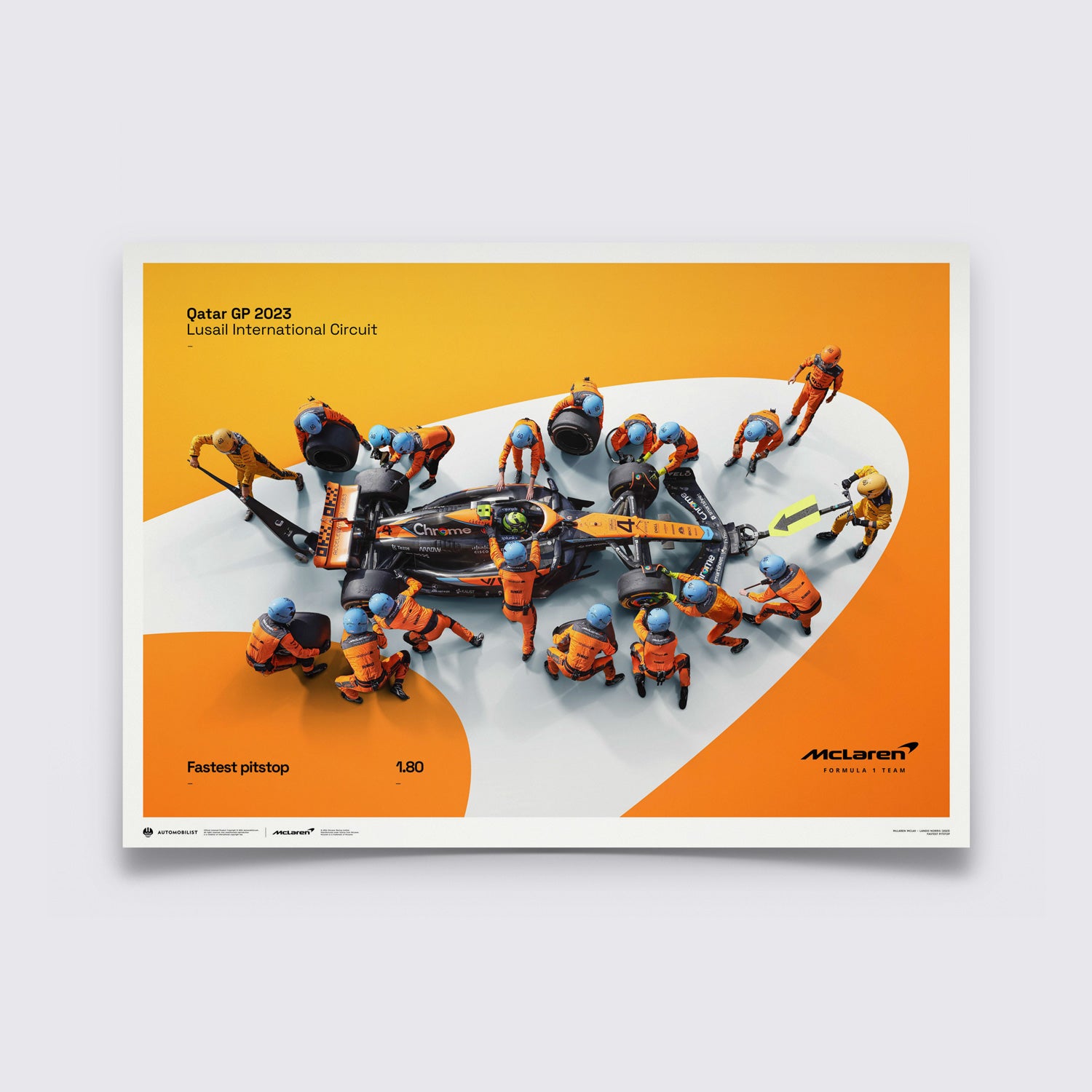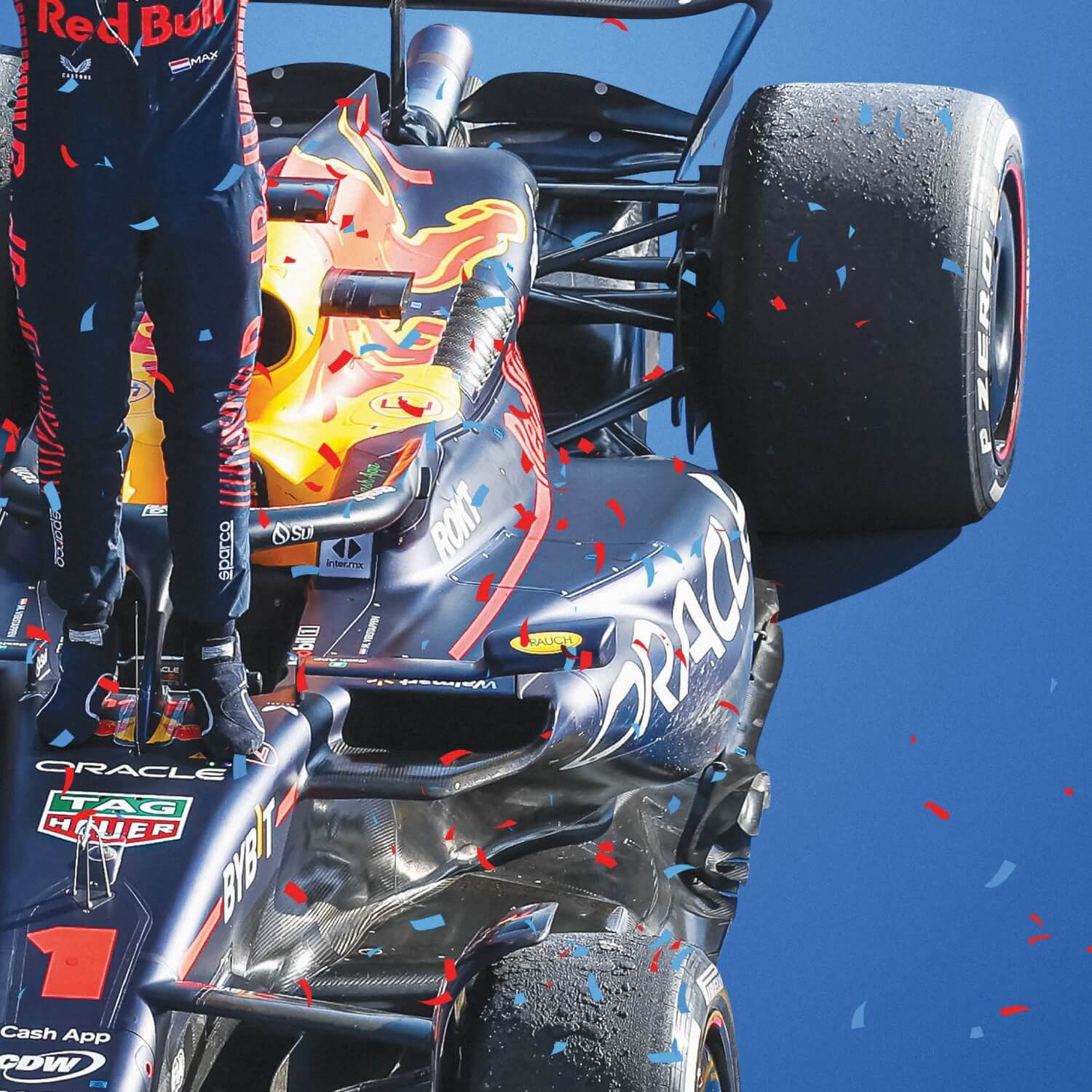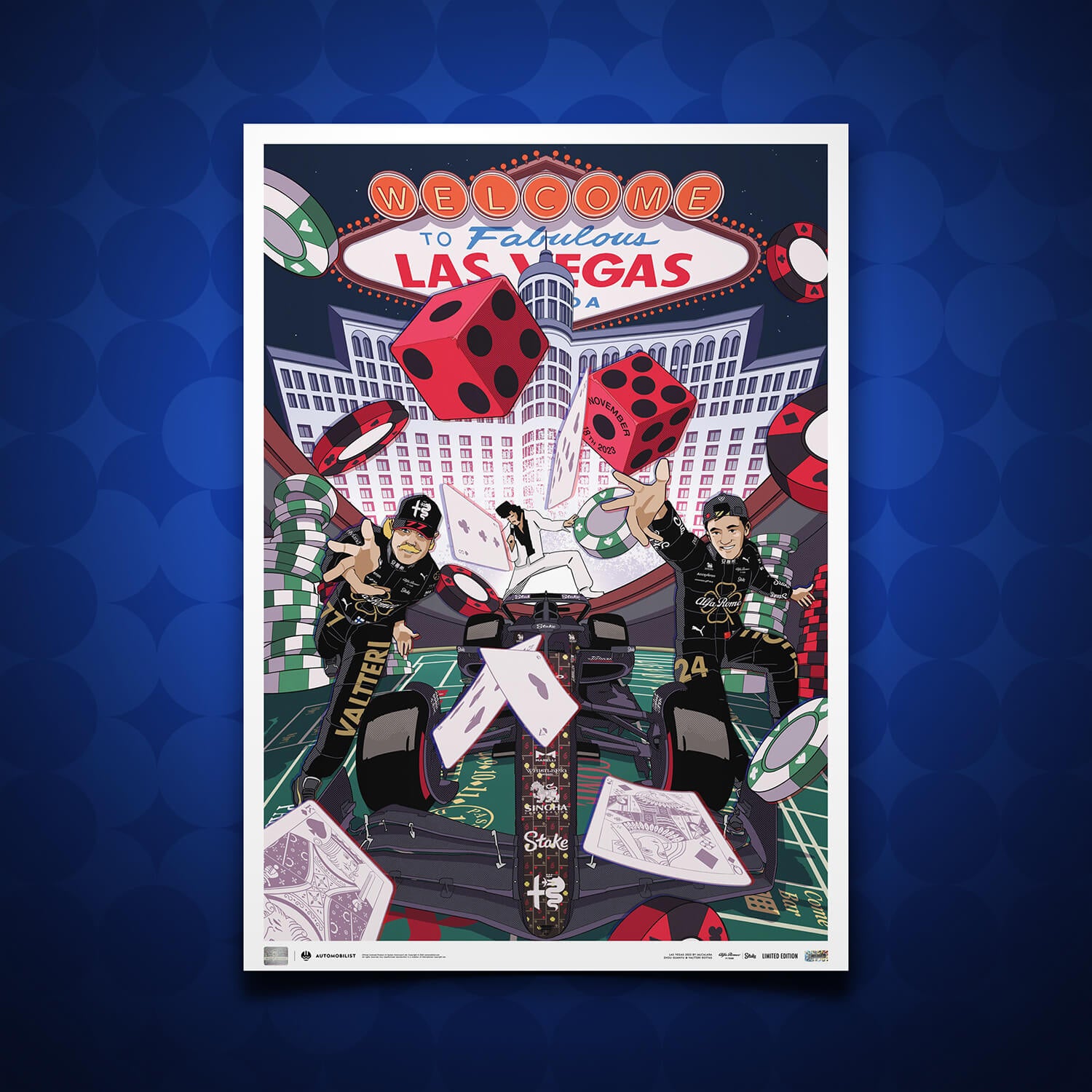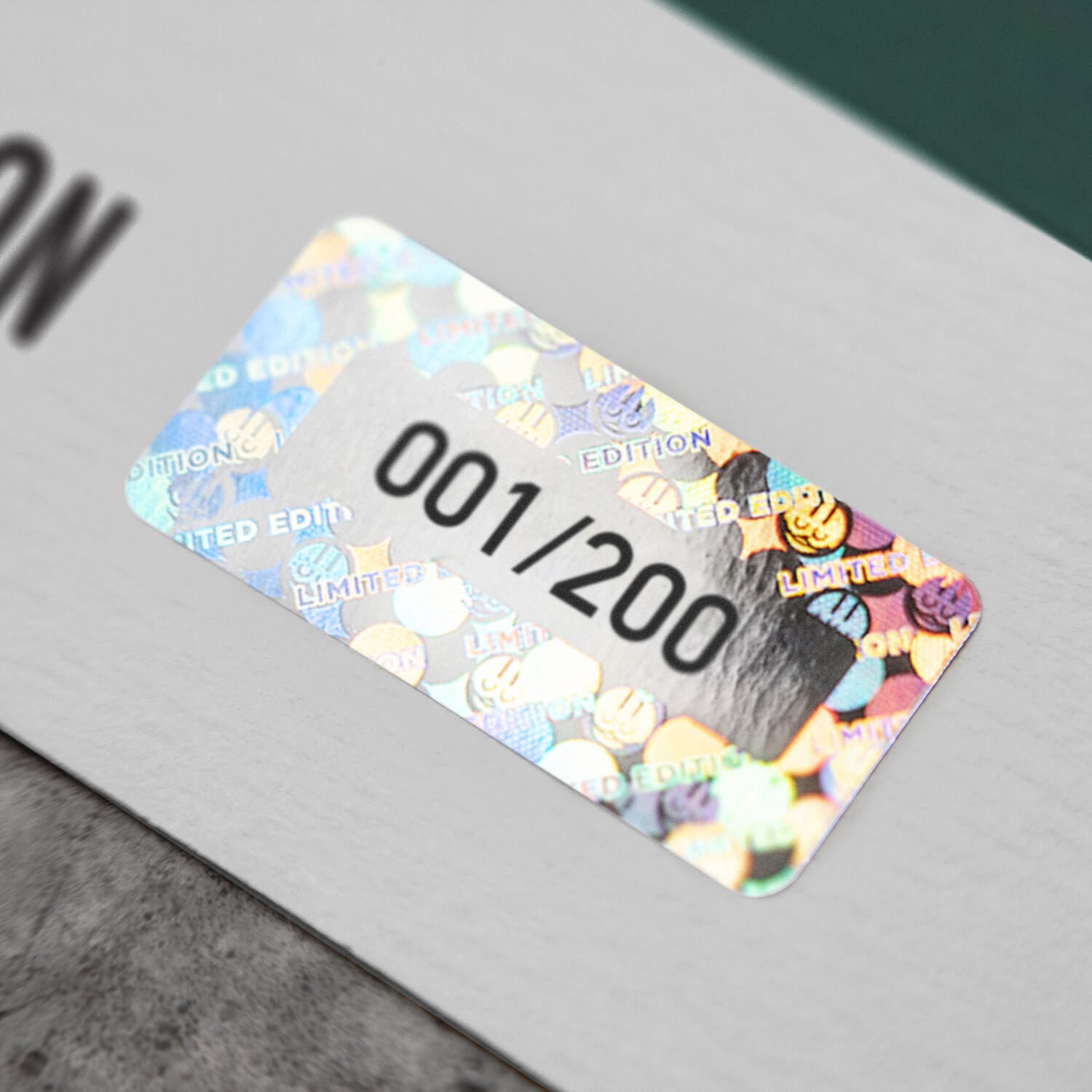The Datsun 240z was Japan’s first globally recognised sports car, helping to confirm the country’s status as a leading player on the world stage. Good looks, rally success and a fortuitous name change all played their part.
Japan’s most famous sports car owes its success in part to an instant name change prior to it going on sale in the USA in 1969. It was Yutaka Katayama, head of Nissan’s US division that persuaded senior management to import its latest sports car into America. The car duly arrived with the badge on the back identifying it as the Datsun Fairlady Z – Datsun being the brand name the firm used internationally and Fairlady because Nissan President Katsuji Kawamata was a big fan of the Lerner and Loewe musical, My Fair Lady!
Katayama was not impressed by what he considered too feminine a name and apparently personally removed the nameplate from each car, so that it went on sale under only its model number, 240Z.
Nissan had produced smaller sports cars in the early Sixties and the 240Z began to take shape in 1961. There’s some controversy over who was actually the main designer, with the company saying it was an internal effort, while later acknowledging the role of star designer Albrecht Graf von Goertz, who had worked for BMW and was also behind the 1964 Nissan Silvia Sports Coupe. Von Goertz is generally credited with being the “father of the Z,” although Yoshihiko Matsuo, head of the Sports Car Design Studio, admitted that he had been inspired to create the 240Z by Katayama.
“When Mr Katayama came back from America and visited my department the words he said made me determined to follow my dream,” he said.
![]() Yutaka Katayama, also known as Mr K, is often considered the father of Datusn Z. Image courtesy Nissan
Yutaka Katayama, also known as Mr K, is often considered the father of Datusn Z. Image courtesy Nissan
“He (Katayama) stated that we could go on making cheap economy cars forever, but by doing so, we would never be able to move forward in export markets. Nissan, and Japan as a whole, needed to build something stunning, something original that would make foreign manufacturers sit up and take notice of us.”
Yoshika Matsuo,
Head of Sports Car Design Studio, Nissan
Its sales took off like a rocket in the USA, partly down to a strap line that claimed “its heart is Japan and its soul is America”.
By the end of the 70s, global sales of the Z range had passed the one million mark and helped propel Nissan to first in the list of imported marques in the USA, even beating Volkswagen into second spot. The car also made an impression on US race tracks, dominating the Sports Car Club of America (SCCA) road racing Production class for almost a decade. It was the car’s performance on the world rally stage that really sealed the 240Z’s spot in the pantheon of great sporting cars. At a time when cars were generally much smaller than they are today, it was generally considered a big and unwieldy beast, but it proved its doubters wrong. A first international win came on the 1971 Welsh Rally in the hands of Tony Fall and Mike Wood and the following year, Rauno Aaltonen came third on the prestigious Monte Carlo Rally, with none other than current FIA President Jean Todt in the co-driver’s seat. But where the car really made a name for itself was on the East African Safari Rally, undoubtedly the toughest test of a car on the world rally stage – an event which incidentally is making its World Rally Championship comeback this year. Datsun had previous experience of the African rally running the Bluebird and in 1971, the 240Z finished first and second, with Edgar Hermann and Hans Schuller leading home team-mates Shekhar Mehta and Mike Doughty. Mehta, who had been leading until he got stuck in mud near Mount Kilimanjaro, got his revenge in ’73, when he won despite running out of fuel at one point, losing his driving lights after hitting a flock of birds and damaging his suspension crashing into a bank! The message was clear: the 240Z was a beautiful sports car but it was a tough one too.
![]()
The Datsun 240Z at a Rally event in the early 1970s. Image courtesy Nissan![]() The 2020 Nissan 370Z 50th Anniversary Edition was unveiled in New York – the same city where the original Datsun 240Z made its U.S. debut half a century ago.
The 2020 Nissan 370Z 50th Anniversary Edition was unveiled in New York – the same city where the original Datsun 240Z made its U.S. debut half a century ago.
Further versions were built, with the 260Z coming in 1974 and the 280Z in 1975. Inevitably, these later models lost some of the heart and soul of the original, the purity of design being tweaked to suit the styles of the day. But the 240Z had done its job, changing public opinion about the Datsun/Nissan brand. The Japanese car company, seen as a producer of nice reliable, cheap and economical cars was forever more perceived as a brand that also built real sports cars, but ones that could easily be used as daily transport.
In the words of the aforementioned Yutaka Katayama, “It was a car that anybody could drive easily and which would give the driver that incredible feeling of jubilation that comes when car and driver are as one.”
Images courtesy Nissan and Motorsport Images

